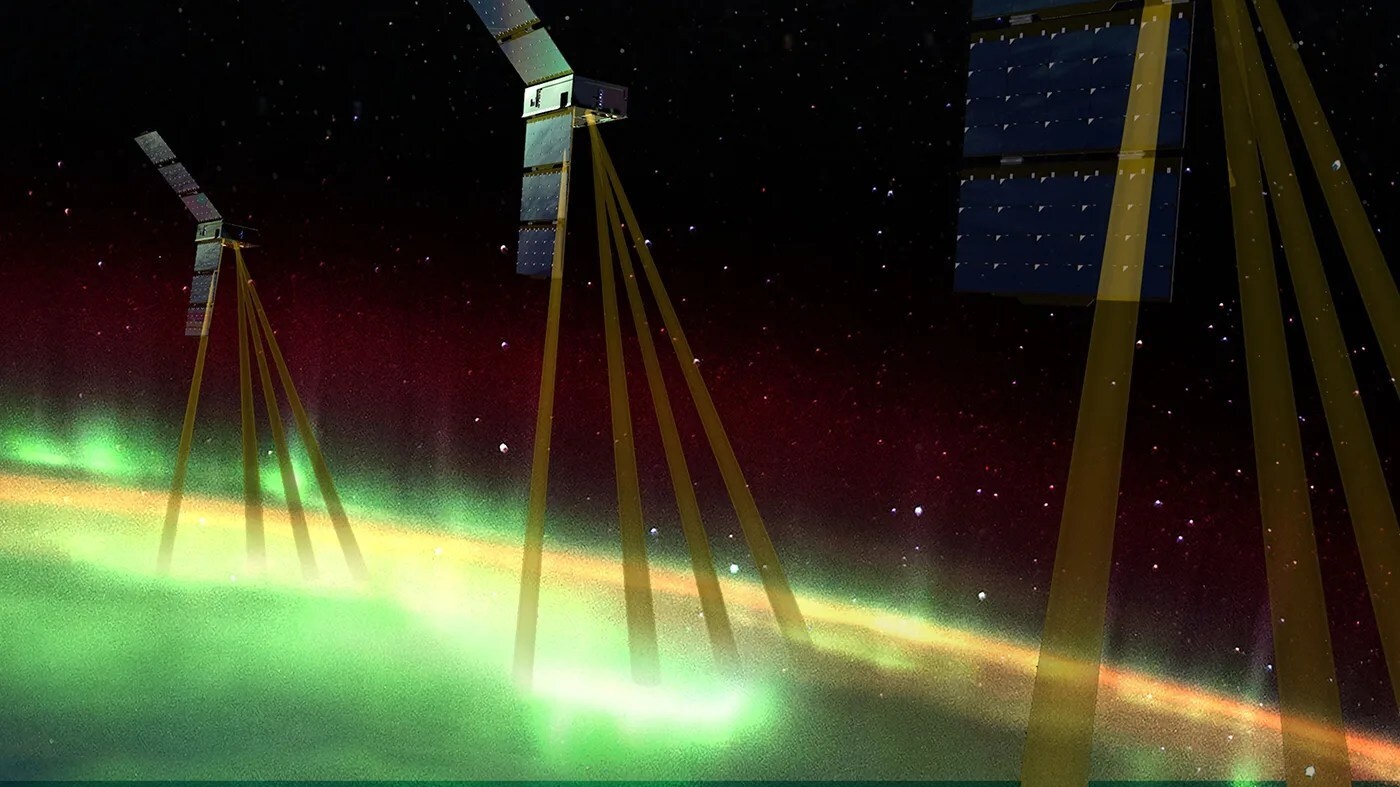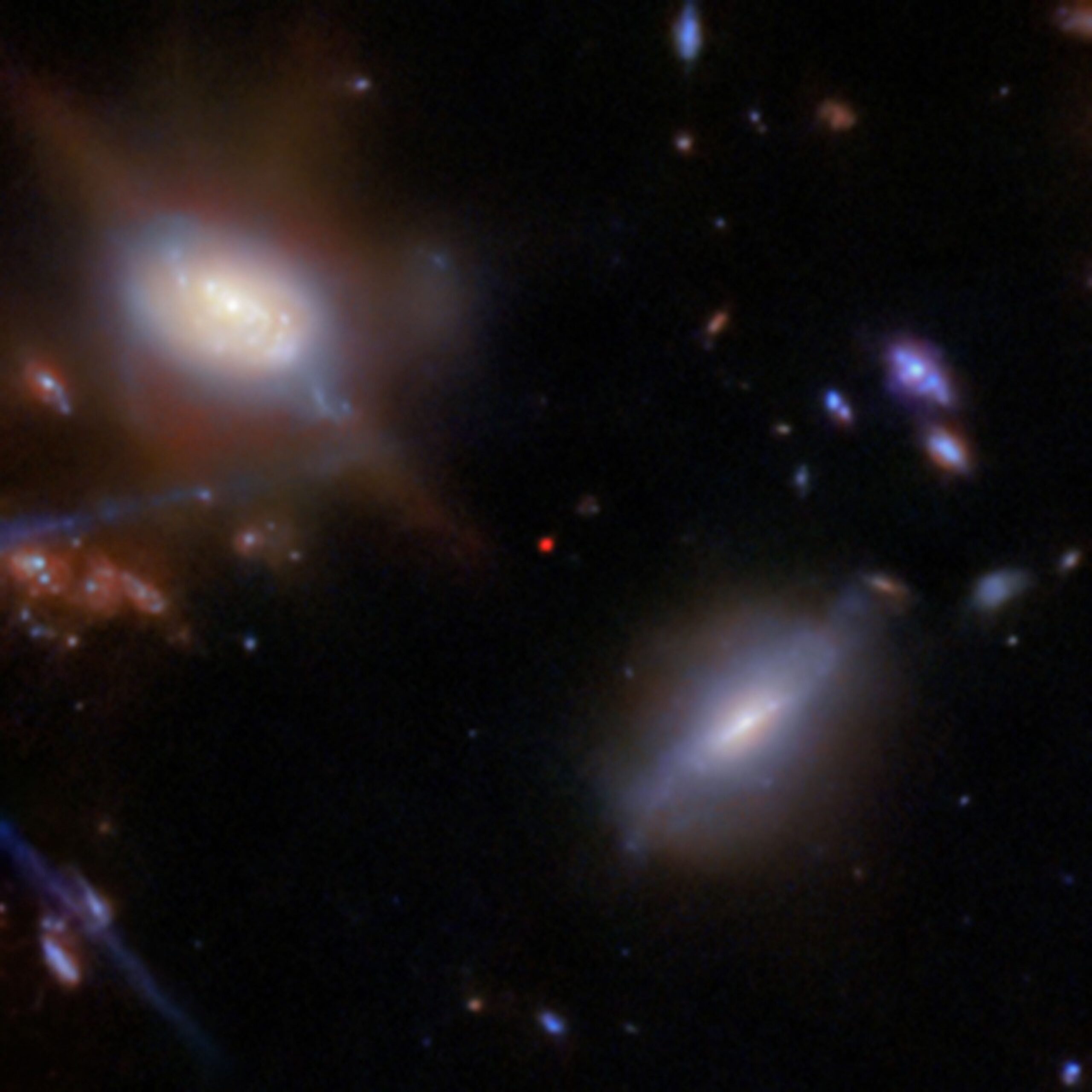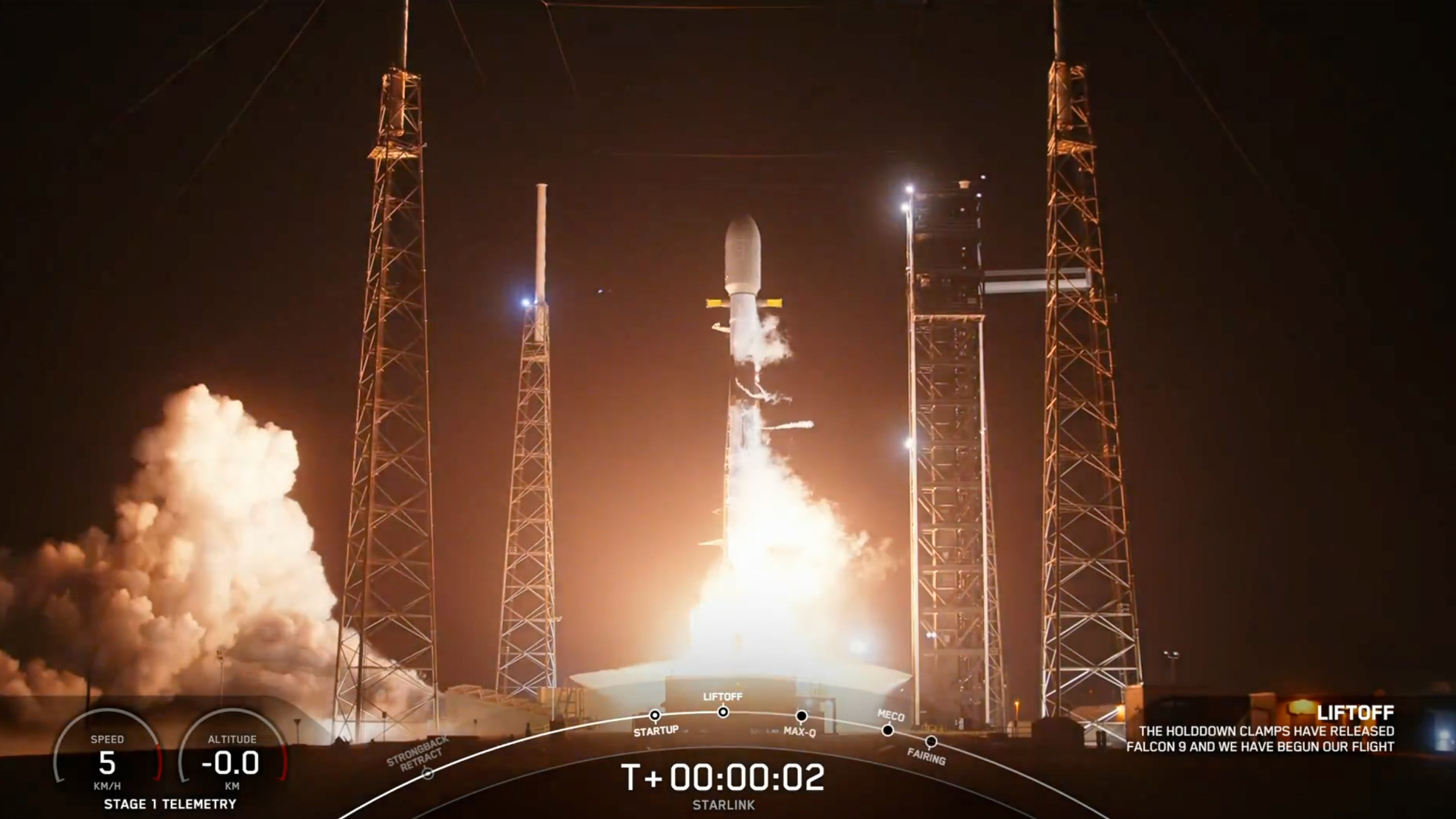The first bits of data have come back from the trio of small satellites that make up NASA’s EZIE (Electrojet Zeeman Imaging Explorer) mission, which aims to solve some mysteries surrounding the “auroral electrojet” phenomena in our atmosphere. The “first light” observations are promising, and NASA says the EZIE satellites are “poised to reveal crucial details about Earth’s auroral electrojets.” After launching March 14 from California’s Vandenberg Space Force Base on SpaceX’s Transporter 13 rideshare mission, EZIE’s three suitcase-sized cubesats now orbit a few hundred miles above Earth in a…
Read MoreDay: April 28, 2025
Scientists use the JWST to study an extremely ancient galaxy piercing through the Cosmic Dark Ages
Astronomers have caught an immensely ancient galaxy piercing the veil of darkness that shrouded the early universe. It’s surprising any light from distant galaxy JADES-GS-Z13-1-LA reached Earth at all. Photons coming from the realm that recently landed on the James Webb Space Telescope‘s mirrors existed when the universe was just 330 million years old — and, at that point in its adolescence, the universe was foggy and dim. A dense haze of gas suffused the space between stars, and even between galaxies, absorbing starlight and muffling the whole universe in…
Read MoreSpaceX launches 250th Starlink satellite mission, lands rocket at sea (photos)
SpaceX launched a milestone mission on Sunday night (April 27). A Falcon 9 rocket carrying 23 of the company’s Starlink broadband satellites — including 13 with direct-to-cell capability — lifted off from Florida’s Cape Canaveral Space Force Station on Sunday at 10:09 p.m. EDT (0209 GMT on Monday, April 28). It was the 250th time SpaceX had sent a batch of Starlink craft skyward, the company noted via X shortly after launch. You may like A screenshot of the Falcon 9 lifting off on April 27, 2025. (Image credit: SpaceX)…
Read More

